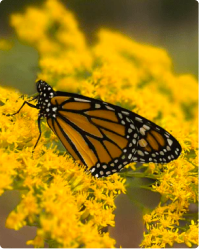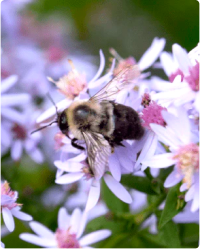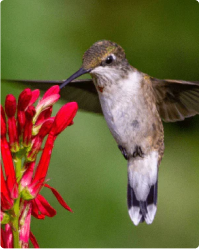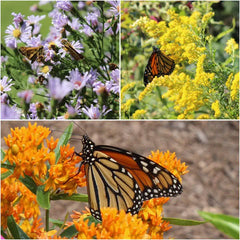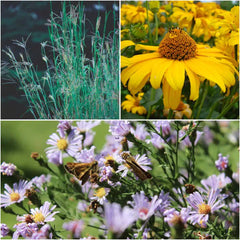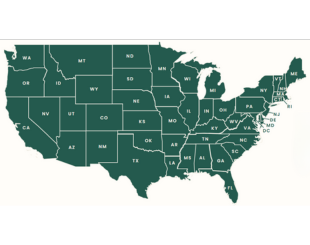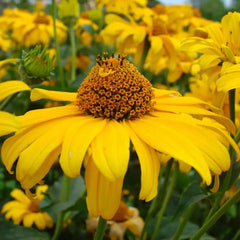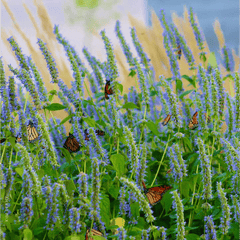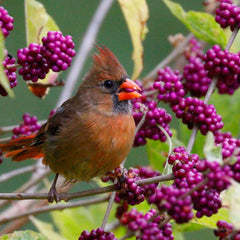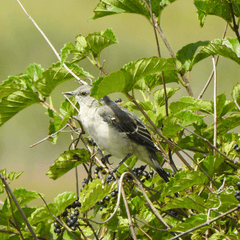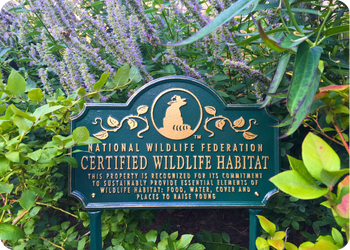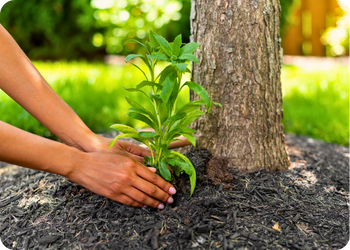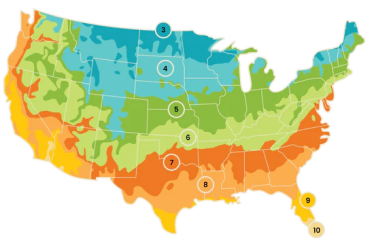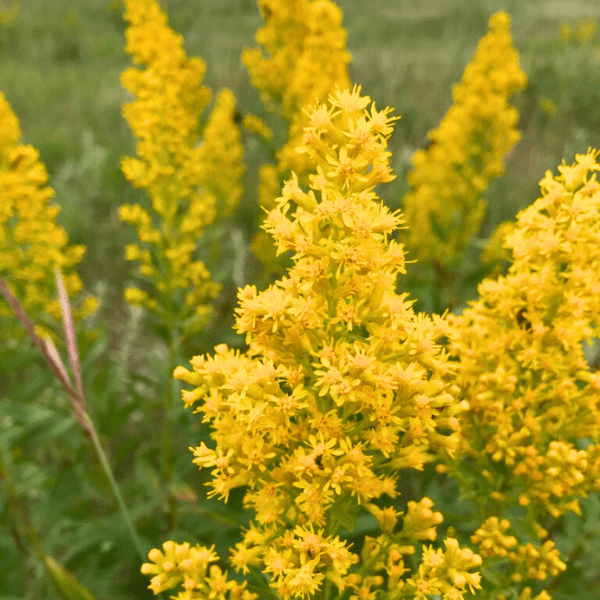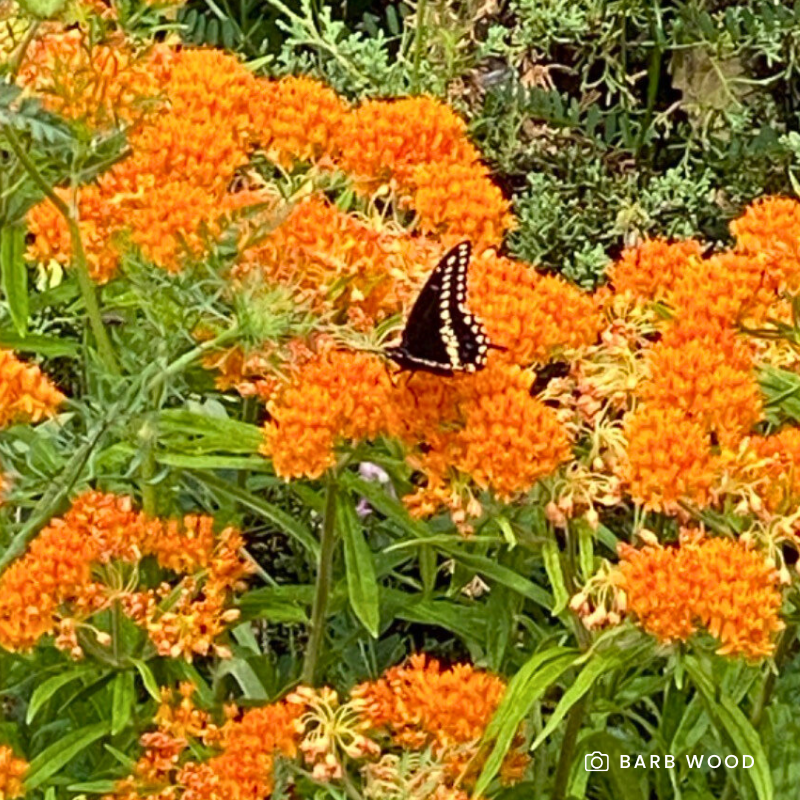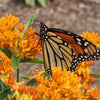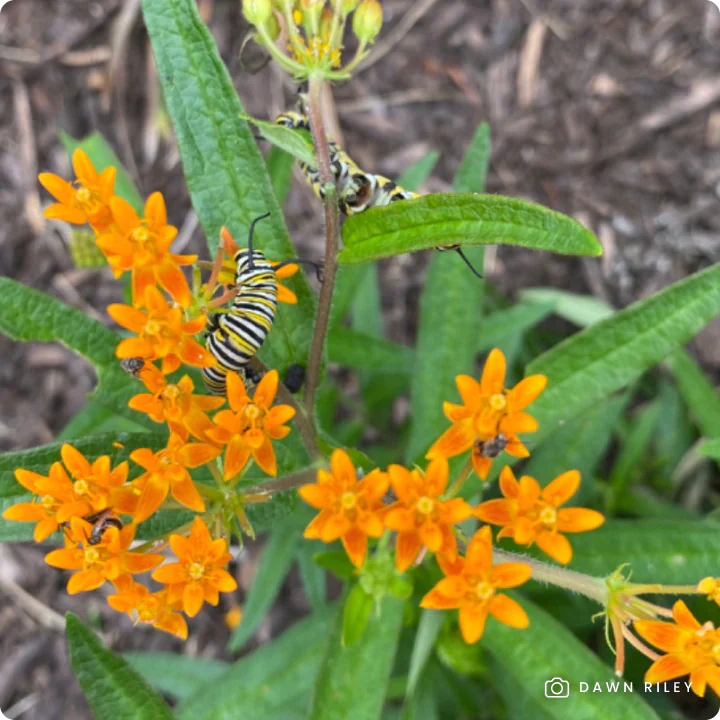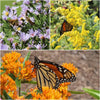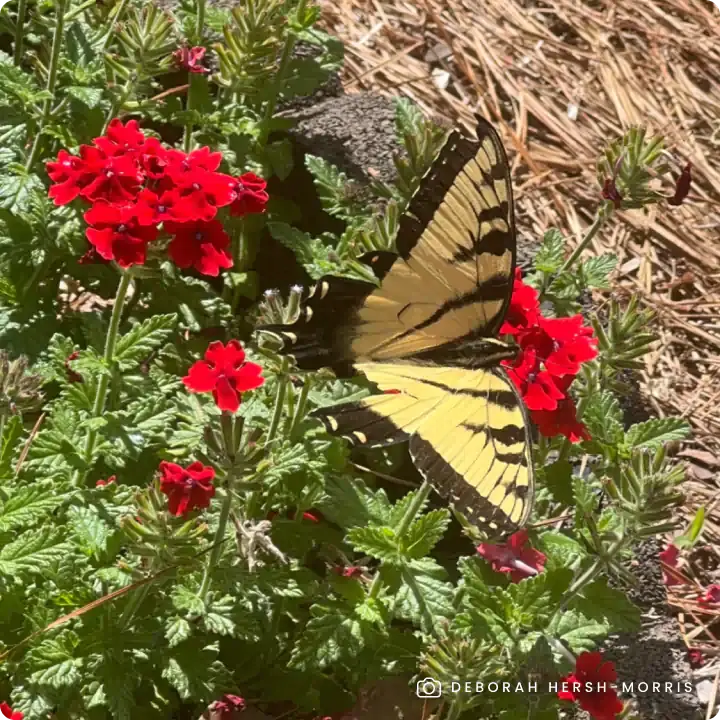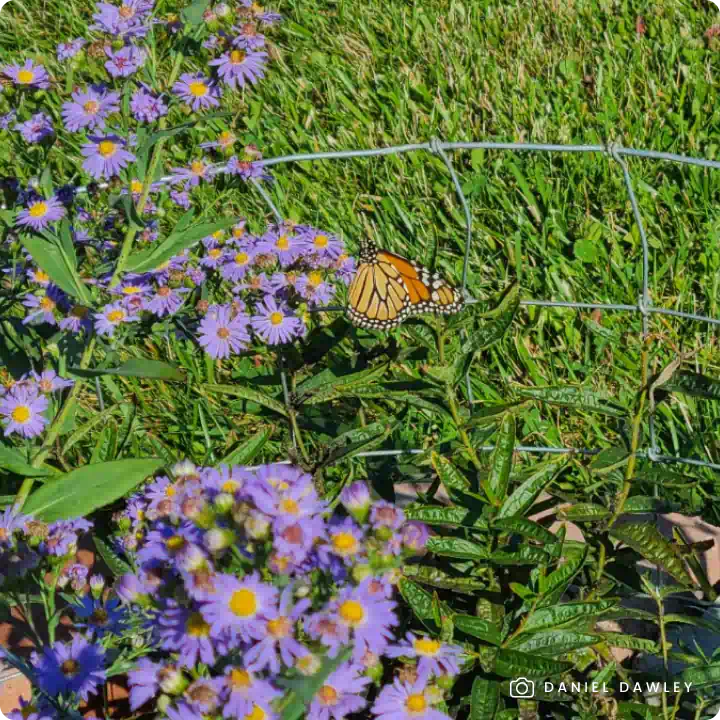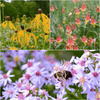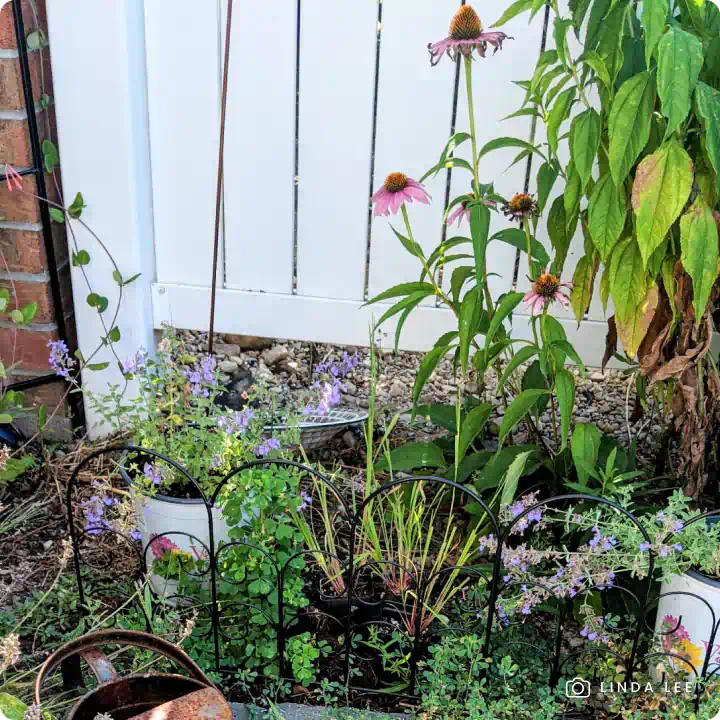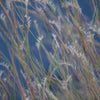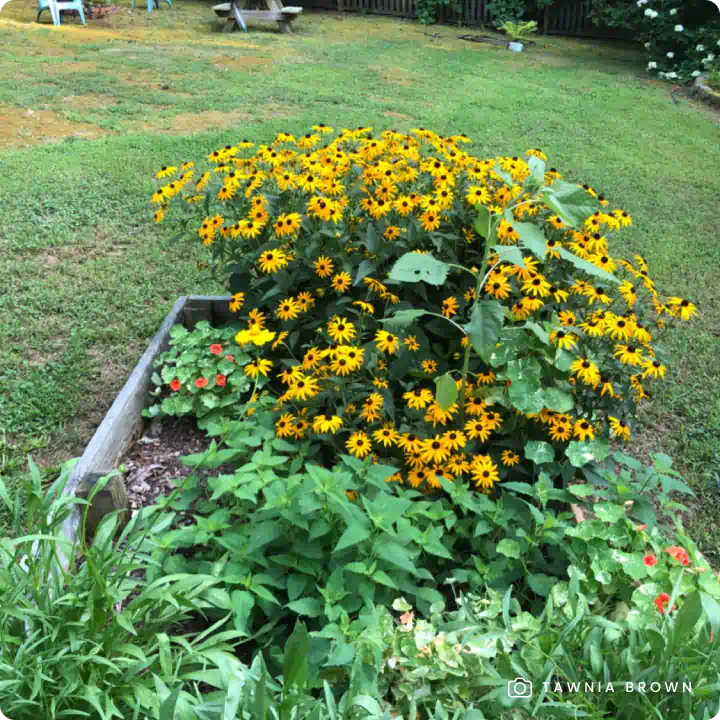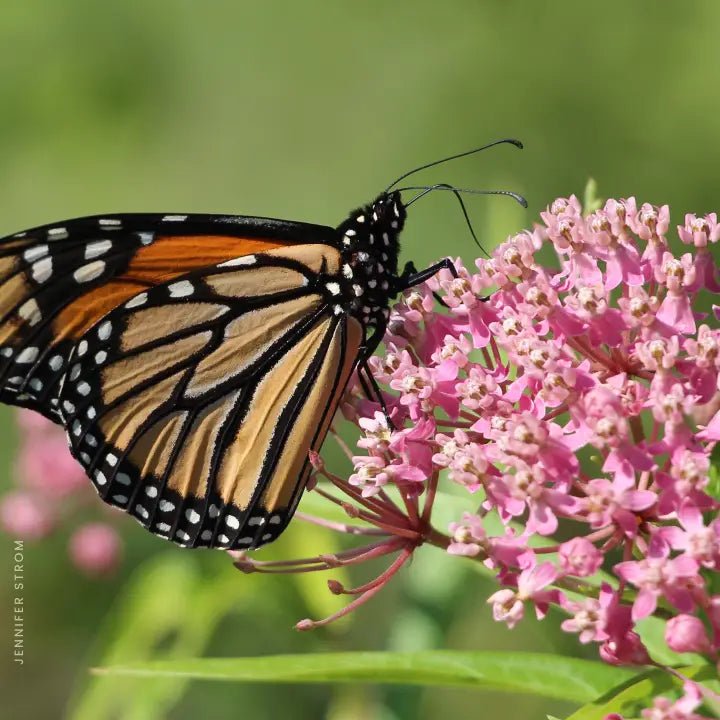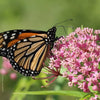Showy Goldenrod (Solidago speciosa) is a beautiful and resilient perennial that adds a flourish of golden-yellow plumes to your late-season garden. As one of the most striking of the many goldenrod species, this plant features a dense, pyramid-shaped cluster of small yellow flowers atop a reddish stem. This eye-catching display, which typically appears from late summer into fall, provides a critical nectar source for pollinators when most other plants have finished blooming.
Unlike some other goldenrods, this species spreads slowly by a fibrous root system, not an aggressive rhizome, making it a well-behaved addition to garden beds and small spaces. It's a true keystone species that supports a wide array of wildlife, from migrating monarchs to overwintering birds.
Why Choose Showy Goldenrod?
- Keystone Species: Goldenrods are a top-ranked plant for supporting biodiversity. This species provides essential late-season nectar for migrating Monarchs, honey bees, native bees, and other pollinators as they prepare for winter.
- Bird-Friendly: The seeds provide food for songbirds, and the plant's upright structure offers cover for local wildlife. It also serves as a host for gall flies, whose larvae provide a vital protein source for birds like chickadees and woodpeckers in the winter.
- Stunning Late-Season Blooms: Adds vibrant golden color and elegant texture to the landscape from late summer through fall.
- Non-Aggressive: Its clump-forming habit prevents it from spreading and overwhelming garden beds.
- Low-Maintenance & Drought-Tolerant: Easily grown in average to dry, well-drained soils and requires minimal care once established.
- Pollinator-Safe: Grown non-GMO and free of harmful neonicotinoids, promoting a healthy ecosystem for pollinators and wildlife.
Available in sets of three, six, or 12 plants to suit gardens of any size.
Planting Tips
- Location: Plant in a location with full sun and well-drained soil. It tolerates a range of soil types, including poor, rocky, and sandy soils.
- Watering: Water regularly during the first growing season to help establish a strong root system. Once mature, it is drought-tolerant and requires little to no supplemental watering.
- Maintenance: Minimal care required. There's no need to deadhead the flowers, as allowing them to go to seed provides a valuable food source for birds. Leaving the stems standing in the fall offers overwintering sites for beneficial insects. If desired, cut back the stems in late spring after pollinators have emerged.
For more information on planting, view our How to Plant Your Native Plants guide and other planting tips in the Garden for Wildlife Learning Center.
